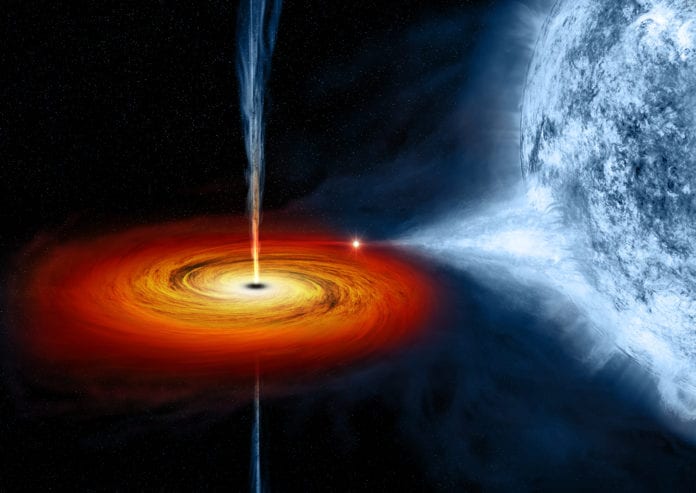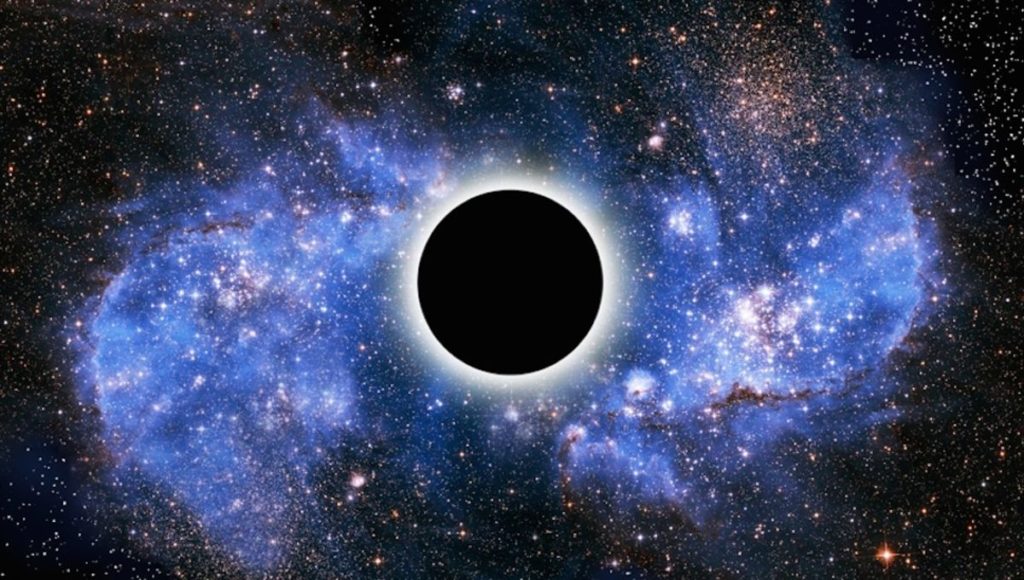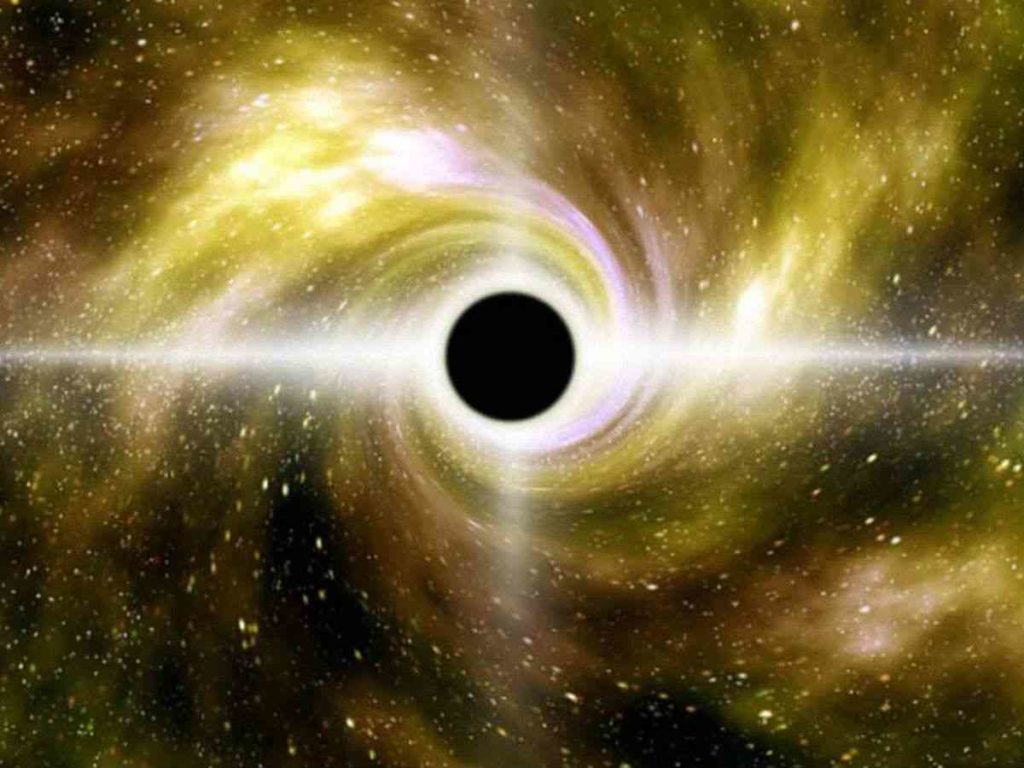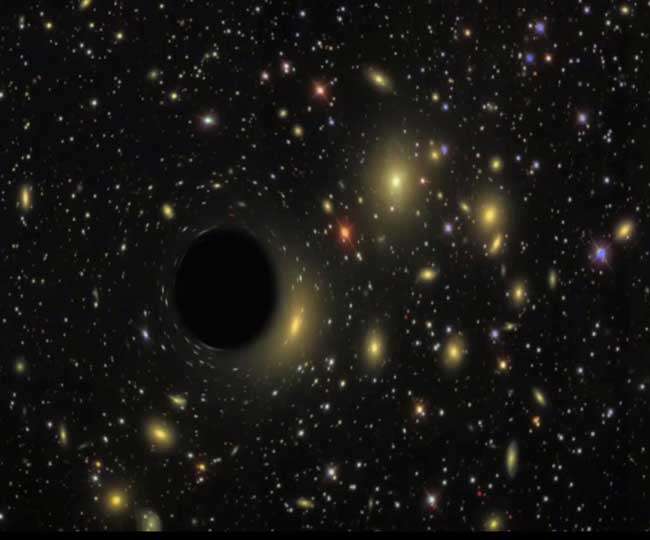
A Gujarati scientist’s space discovery is all set to change the way we understand the universe. A team of skilled scientists led by Dr Karan Jani, an astrophysicist from Vadodara who is settled in the US, has discovered an intermediate black hole that challenges our current understanding of the universe.
It is reported to be a huge ‘alien’ black hole around 6 billion years old. The intermediate black hole weighs about 142 times the mass of the sun and was formed after two black holes, each weighing about 66 and 85 solar mass, merged.

Named GW190521, scientists discovered this dark entity due to the ripple produced in space during the collision, which travelled across the cosmos at the speed of light. It was captured using gravitational wave detectors LIGO and Virgo on May 21, 2019.
Jani and his team patiently studied it for about a year, ascertained its details before drawing conclusions and only announced the discovery last week. Jani, who has laboured with the LIGO scientists, stated that he and his group were stunned by their discovery.
This discovery is a big deal as it questions the knowledge astronomers have about the formation of black holes, and it might potentially change the way we understand the universe. Generally, such entities are either less than 100 times the size of the sun or thousands of times bigger than it. However, GW190521 was the first black hole that was of intermediate size and was 142 times bigger than the mass of the sun. As a matter of fact, this particular one they stumbled upon was older than the sun!

Jani, who works as a research professor at Vanderbilt University in the US said in a statement, “This discovery will not just change the way we study the universe but also understand its complexities further. In astronomy, it has always been believed that black holes are formed due to the gravitational collapse of the stars. But the one we discovered wasn’t formed due to any star’s collapse or blast. Our universe is making such entities in some different way and now we might be able to understand the missing cycles in a star’s life.”
What is a black hole?

A black hole is a region of spacetime where gravity is so strong that no particles or even electromagnetic radiation such as light—can escape from it. Over the past five years, several collisions of such entities have been recorded by LIGO and Virgo. However, the collisions observed in the past involved black holes of much smaller sizes and the resultant ones didn’t grow beyond the size of typical stellar ones.
While scientists are still unsure how black holes came into existence, as per traditional astronomy, it is believed that black holes are formed as a result of the gravitational collapse of stars. Although, there is a definite limit to the mass of a black hole that forms when a star dies and this new ‘alien’ one far exceeds that theoretical limit.

According to scientists, the revelation of how the powerful blast of the blackhole’s creation rang through the cosmos will surely change the perspective of how people looked at black holes and the universe as a whole. This latest detection might just give clues into how the supermassive entities at the centre of some galaxies came into being. Alan, a LIGO member said, “This event opens more questions than it provides answers. From the perspective of discovery and physics, it’s a very exciting thing.”
Further reading:

